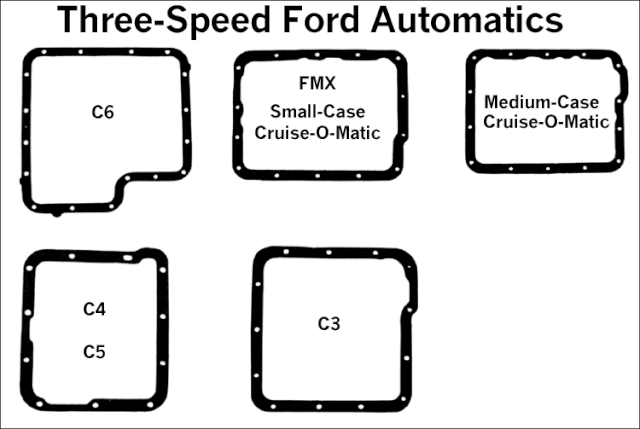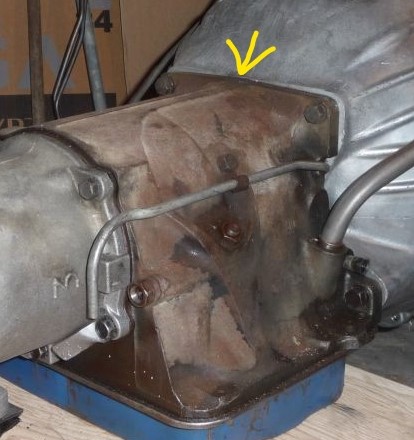- Joined
- Sep 16, 2017
- Messages
- 78
- Reaction score
- 2
- Location
- Australia
- My Car
- 1973 Mach 1 - matching numbers, 25,000 miles Eleanor look-a-like
[url=https://ibb.co/mvrntk][img]https://preview.ibb.co/bG8YYk/1_lr.jpg[/img][/url]
[url=https://ibb.co/dwgntk][img]https://preview.ibb.co/fEZ7tk/2.jpg[/img][/url]
[url=https://imgbb.com/]picture hosting websites free[/url]
Hi All, just pulled out the engine and trans. The code on the side of the transmission is D4AP-7008-AA. It's from a 1973 Mach 1 behind a 351C-2V. It's the original gearbox as the car has only done 26,000 miles.
From what I can find online, it seems to be an FMX (rather than a 'C' series) - which apparently comes in 2 variants Small or Medium case Cruis-O-Matic. Can anyone point me in the direction of confirming exactly which one it is and its specs/ratios please?
How good is the box in terms of reliability?
Also to confirm matching numbers - where is the one on the trans?
Thanks for your help as always.
From what I can find online, it seems to be an FMX (rather than a 'C' series) - which apparently comes in 2 variants Small or Medium case Cruis-O-Matic. Can anyone point me in the direction of confirming exactly which one it is and its specs/ratios please?
How good is the box in terms of reliability?
Also to confirm matching numbers - where is the one on the trans?
Thanks for your help as always.






